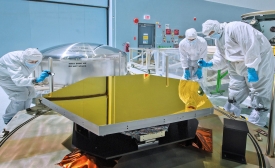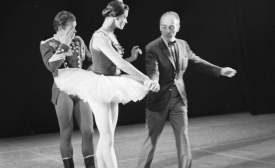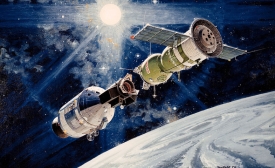cold war

Olga Krasnyak discusses the relationship-strengthening possibilities of science exchange between Russia and other nations.
The Washington State Historical Society explores the importance of people-to-people exchanges in reducing Cold War tensions.
As World War II ended, America faced another challenge: the Cold War with the USSR and the Eastern Bloc it influenced. As relations began to freeze, it became clear that nuclear weapons, spies, and the traditional tools of war wouldn’t be enough to fight Soviet hegemony. And so the West, argues Greg Barnhisel, turned to their secret weapon: books.
Cold War tensions between the United States and the Soviet Union shaped the historical reality of the modern world. Given the current tensions between the United States and Russia, it is worth keeping in mind the past successes of U.S. cultural diplomacy. During the Cold War, one such success involved choreographer George Balanchine.

Mariami Khatiashvili discusses the impact of one man's cultural bridge between the United States and Georgia.

Olga Krasnyak looks at Nixon's presidency through the lens of space cooperation with the USSR.







